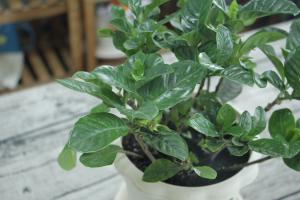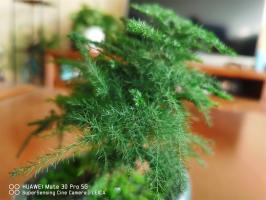Buying fertilizer in the market is indeed the most direct way for flower plants to supplement nutrients, but it is also a lot of expenses over time. In fact, we can start from around and find something suitable for raising flowers. For example, Huahua knows these three things. We pick them up at the roadside and take them home for maintenance. The fertilizer effect is very strong. It is easier to use than ordinary fertilizer. We must not waste them

(1) Earthworm dung
Earthworm dung is easy to find in the trees on the roadside. We all know that earthworms can loosen the soil and help breathe. After fermentation with the soil, earthworm dung naturally contains a lot of nutrients. It is most suitable to supplement nutrition for plants and flowers

Usage:
Because earthworm dung is picked up outdoors, it will naturally carry more bacteria and impurities. We need to expose it to the sun before use, so as to effectively remove the impurities inside. The treated earthworm dung can be placed on the soil surface for self fermentation, or mixed into the soil to help it release nutrients as soon as possible and help the plant grow

(2) Pine needle
In winter, many trees have entered the deciduous period, and natural pine trees are no exception. I believe you can often see fallen pine needles on the roadside. Pine needles originally grow on pine trees and are hard in texture. We pick them up and raise flowers at home, which can enhance the air permeability of the soil and reduce the occurrence of ponding and rotten roots

Usage:
Pine needles, like earthworm dung, need to be exposed to the sun for sterilization and disinfection. The treated pine needles can be padded under the flower pot to increase drainage and air permeability. They can also be mixed with the soil to help enhance nutrients and promote the growth of plants and flowers

(3) Willow bark
Willow is in a bare pole state in winter, but the shed willow bark plays a great role. Willow can live in water. In fact, this is because it contains a substance called salicylic acid, which can accelerate cell division and improve the growth rate of the plant

Usage:
Willow bark needs to be fermented before it can be used. We put willow bark in a closed container, and then add water for fermentation. After almost half a month, the fermentation is completed, and the solution made of willow bark can be used to irrigate flower plants. However, remember to add water in the ratio of 1:50 again to dilute when using, so as to prevent burning the flower root

These three common roadside things can just be used to raise flowers, and the effect is not worse than that of fertilizer. I wonder if everyone has used these small methods

 how many times do yo...
how many times do yo... how many planted tre...
how many planted tre... how many pine trees ...
how many pine trees ... how many pecan trees...
how many pecan trees... how many plants comp...
how many plants comp... how many plants can ...
how many plants can ... how many plants and ...
how many plants and ... how many pepper plan...
how many pepper plan...































